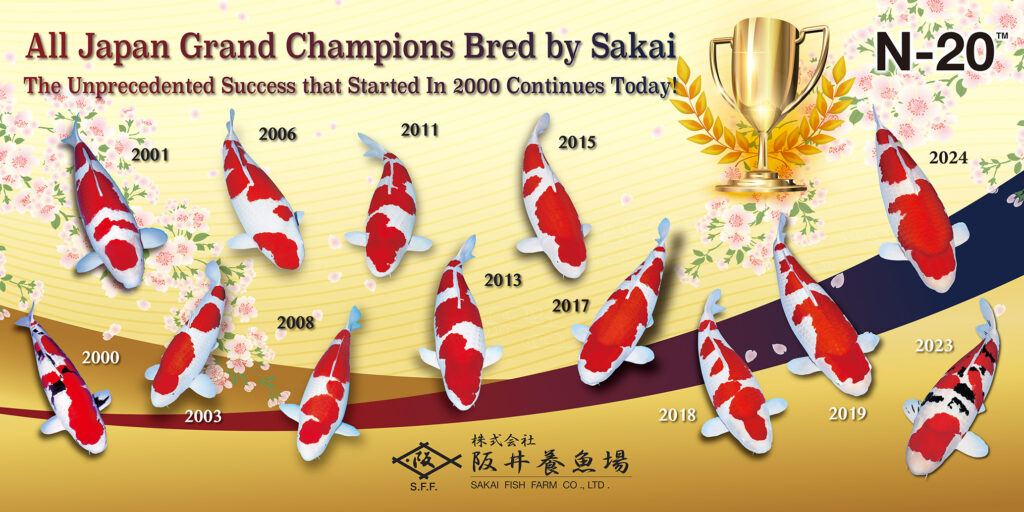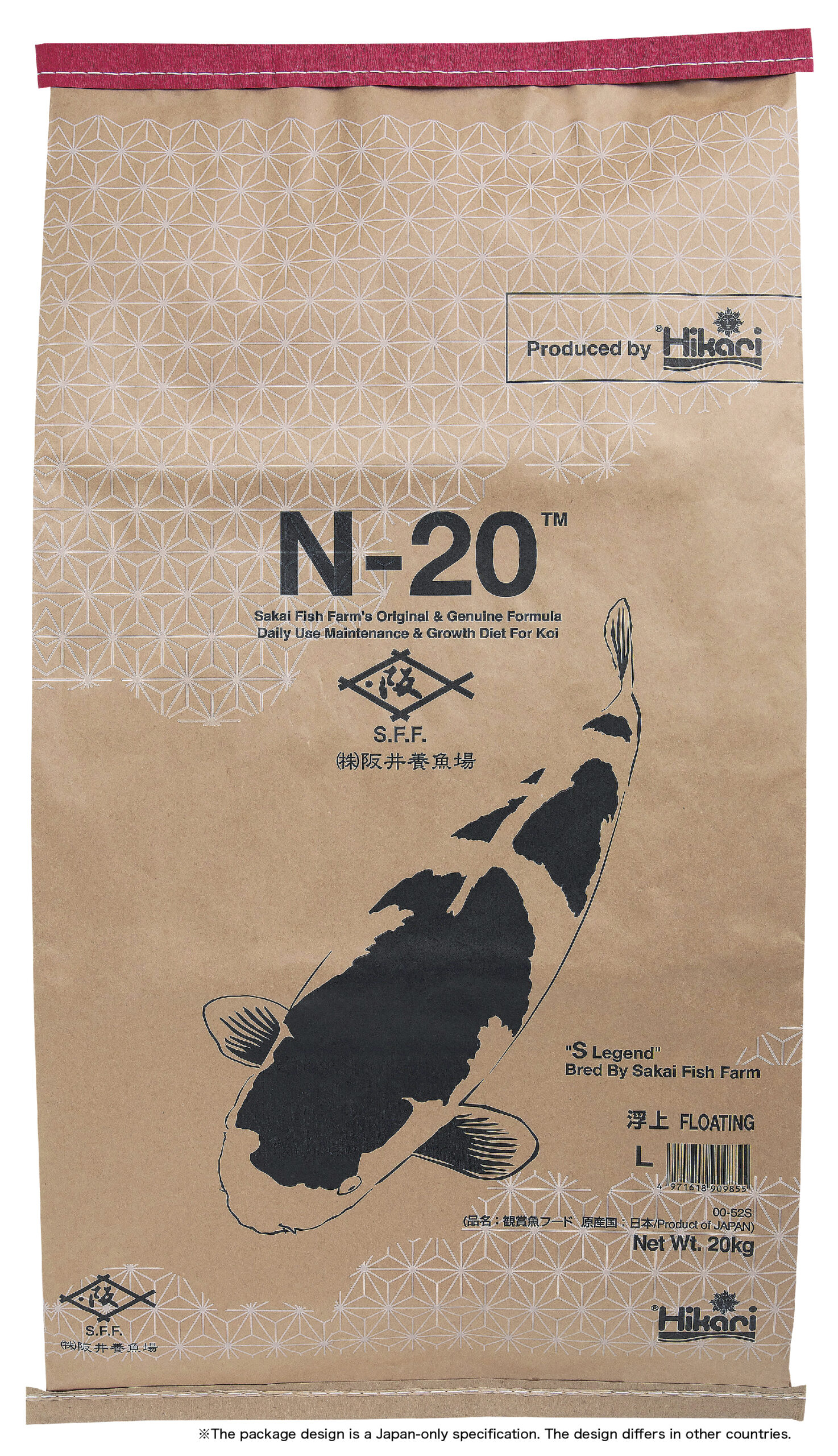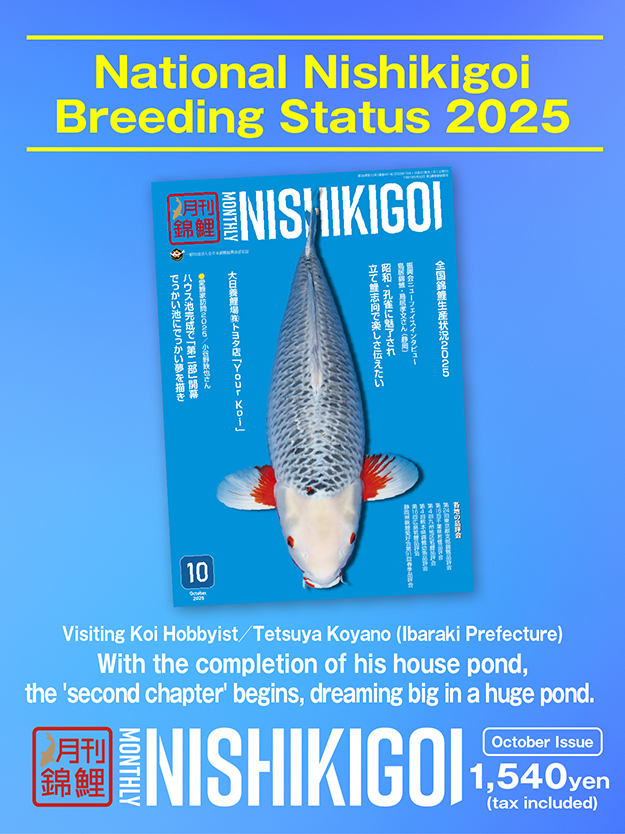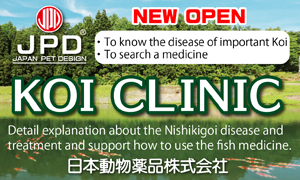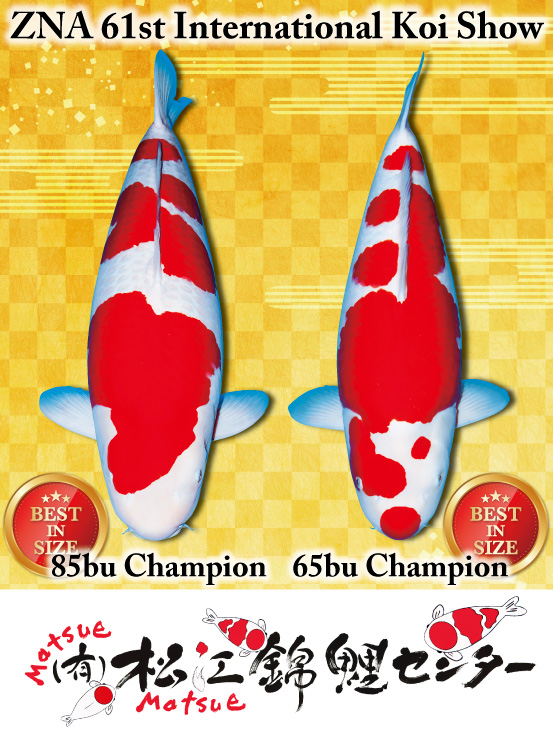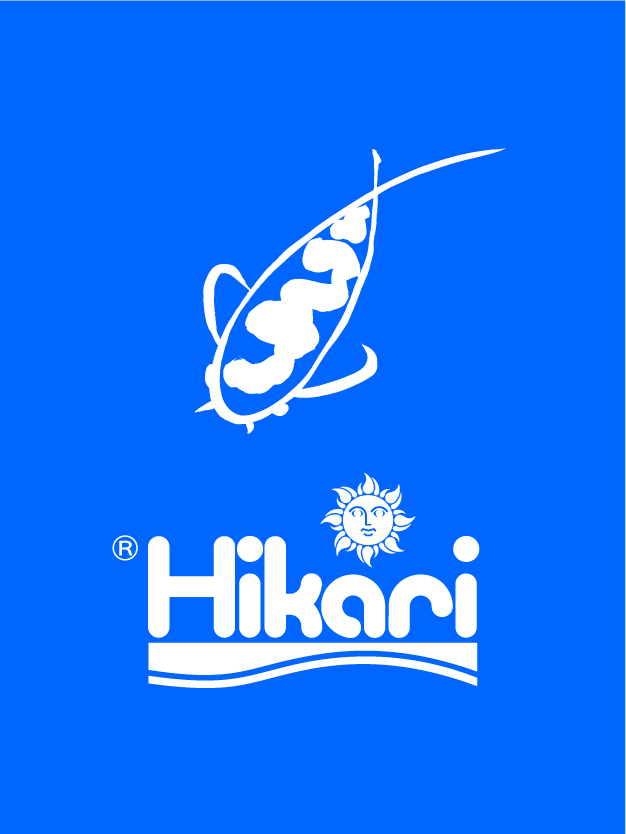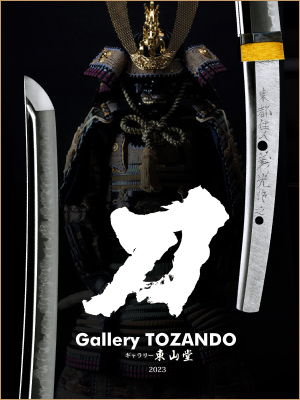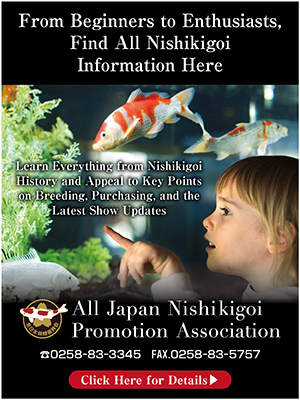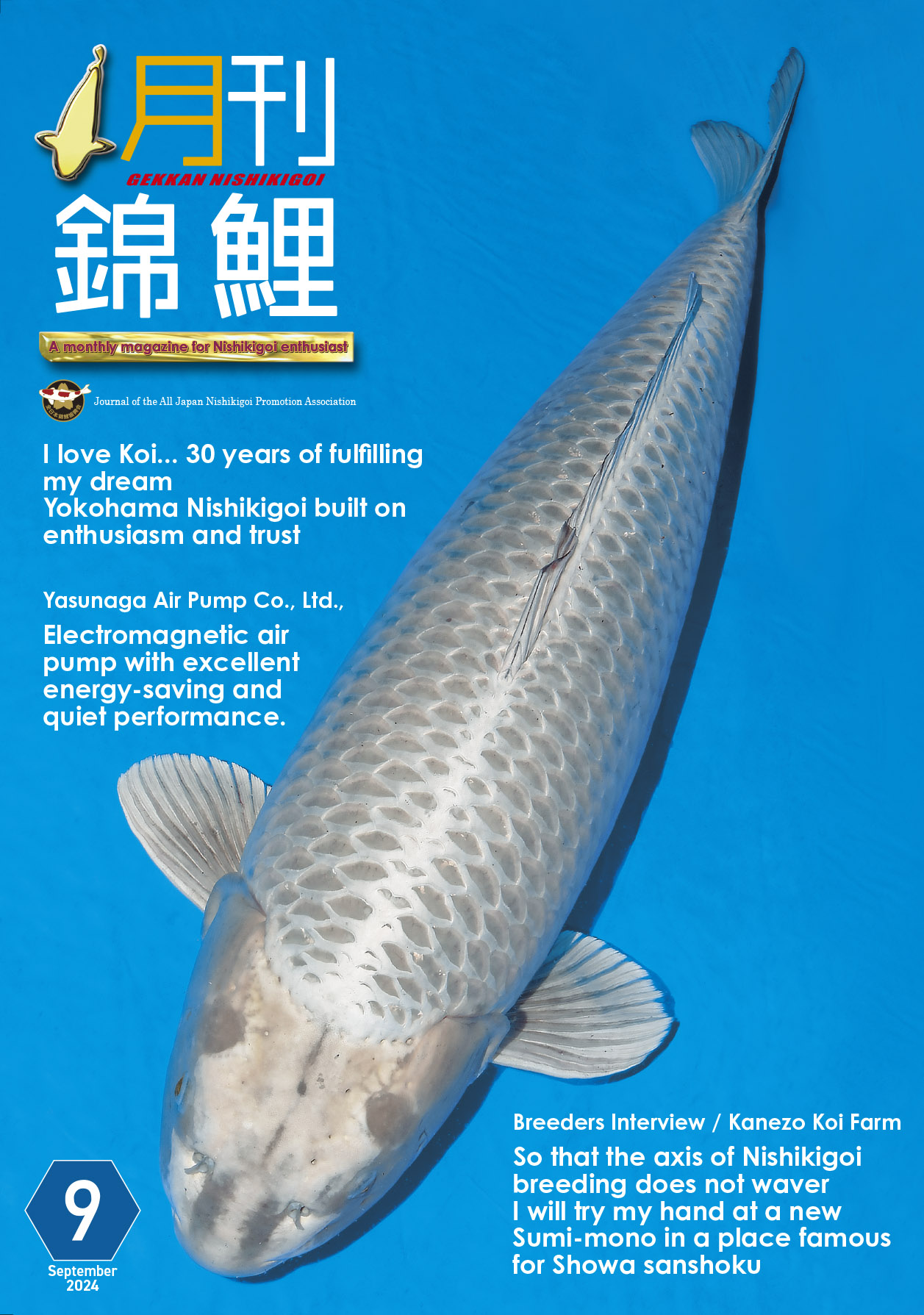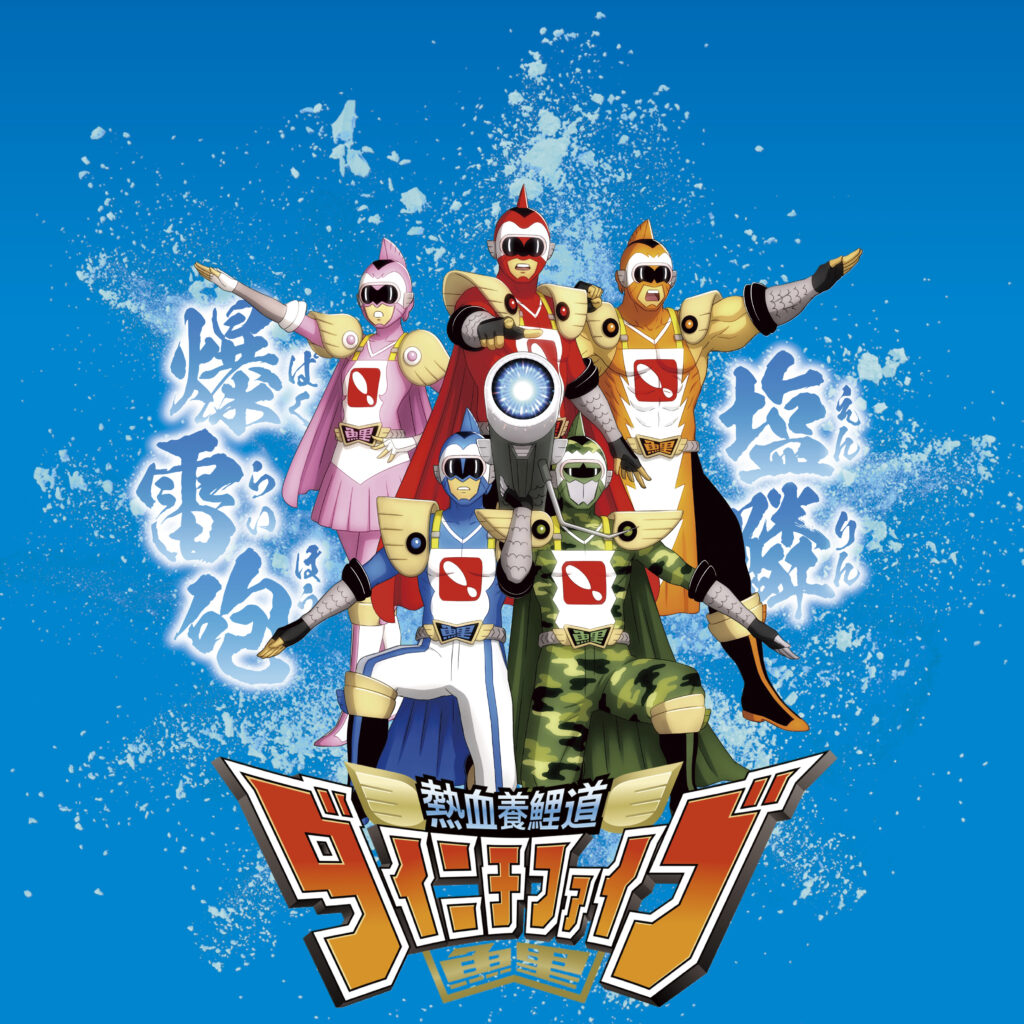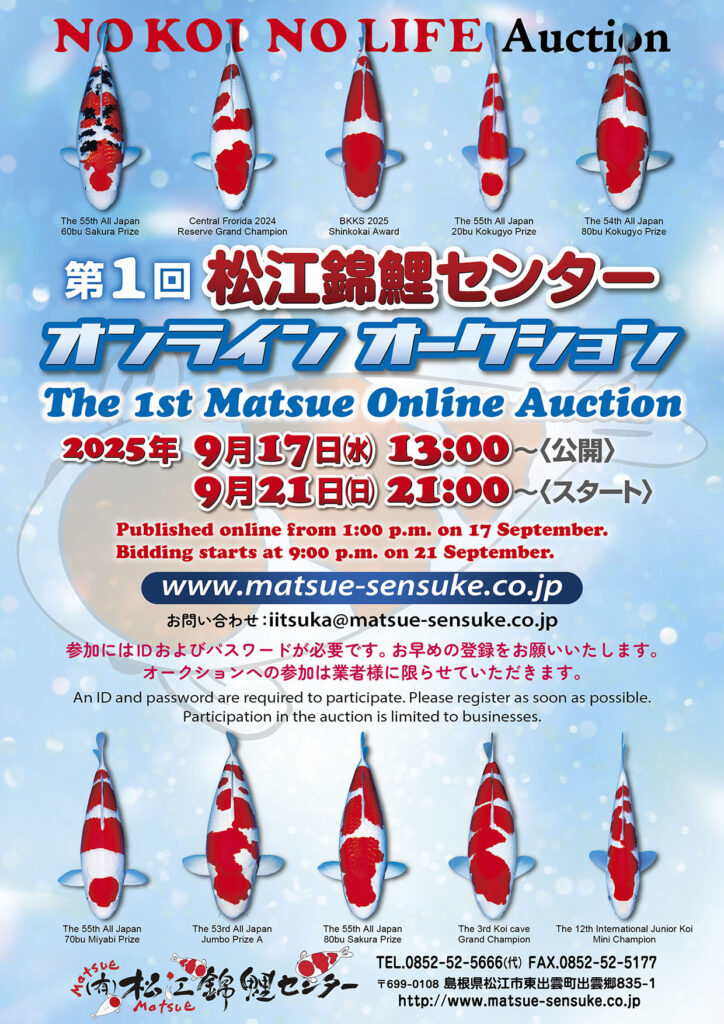Throughout the year, N-20 is the base
Depending on the water temperature, color-enhancing or growth-promoting feeds are also mixed in.
― Could you please tell me how to use N_20 produced by Sakai Fisheries?
Sakai:Regarding the ponds, we primarily use N-20 from spring feeding through the summer. During the peak of summer, the feed ratio is 70% N-20 and 30% Saki Hikari for color enhancement. This ratio is the same for the indoor ponds as well. However, since we mainly use kneaded feed in the indoor ponds, we apply the same ratio to the mash used for the kneaded feed.
Kyorin:We crush pellets for kneaded feed at our company and sell them to Sakai Fish Farm.
Sakai:Even now (August 23rd), with this formula, the fish are eating well and growing plump. Summer care is crucial to ensure they eat consistently without falling into a slump, despite the heat. If their eating rhythm is disrupted during summer, their growth in early autumn will slow down. Additionally, when enhancing the white base during the finishing stage, I mainly use N-20 and mix in about 20% of Sakai Hikari growth formula, maintaining the water temperature around 16°C.
― N_20 is the basic feed used throughout the year?
Sakai:Yes. The proportion is adjusted according to changes in water temperature, but over the course of the year, about half is N-20, thirty percent is color-enhancing feed, and the remaining twenty percent is body-enhancing feed. When the water temperature is around 24℃, we also mix in some body-enhancing feed, but when the water temperature exceeds 28℃, the fish are less willing to eat body-enhancing feed.
Kyorin:In the past, not only Sakai Fish Farm but the entire koi industry tended to use body-enhancing feed. Various manufacturers were pursuing feeds that would make the fish grow faster and their colors more vibrant. After that era, there is now a greater emphasis on health. People prefer to let the fish grow naturally under healthy conditions.

Sakai:If the fish are fed overly intense feed all the time, it can put a burden on their internal organs. Therefore, our company stops feeding for two days each week, not feeding on weekends. As a result, the rate of fish weakening has gradually decreased. Even during the fattening period in autumn, we stop feeding on weekends. In the past, we only stopped feeding once a week, but now it’s completely different.
― Does stopping feeding for two days affect the fish’s body shape?
Sakai:No. Our company feeds throughout the year, and considering this, stopping feeding on weekends is for balance. For example, a two-year-old fish can reach about 60 centimeters in autumn, and after a winter of feeding, it can grow to about 75 centimeters by spring. If you want a five-year-old fish to exceed 90 centimeters and a six-year-old fish to reach 1 meter, you must feed them all year round, so we choose to stop feeding on weekends.
― It seems like the number of feedings is a bit low…
Sakai:Some places might feed more frequently, but preparing the mixed feed and hand-feeding are quite time-consuming, so we can’t increase the number of feedings.
― Do you have a machine specifically for making feed?
Sakai:Yes. Every day, we use about 25 kilograms of mixed materials like N-20, 5 kilograms of sweet potatoes, 2 liters of pressed wheat, and 6 liters of honey to make the feed. The sweet potatoes are cut into pieces and steamed, the wheat is cooked, and then everything is mixed together by machine before being kneaded by hand. The whole process is quite time-consuming. The sweet potatoes need to be steamed slowly to bring out their sweetness.
― You even add honey… it must taste really sweet (laughs).
Sakai:According to “The Study of Carp Ecology and Feed,” carp are more sensitive to sweetness than humans and have a strong preference for sweet foods, which is why we do this.
― So, you mix this specially made Sakai feed with commercial feeds like N-20 and Sakihikari?
Sakai:The koi in the spring water are raised using this method. Right now (late August), the feed consists of 70% N-20 and 30% Sakihikari for enhancing color.
― By the way, how do you decide between using sinking and floating pellet feeds?
Sakai:In wild ponds, we use a 50-50 mix of sinking and floating pellets, adjusting the amount based on how much floating feed is left. For carp in spring water, we use 70% sinking and 30% floating pellets. However, in the large carp ponds I manage, we only use sinking pellets. Other ponds also switch to only sinking pellets when the weather cools down and we’re preparing for competitions. Sinking pellets help the fish build muscle, and the change in body shape is quite noticeable. However, if the fish suddenly stop eating when only sinking pellets are used, their appetite can completely disappear, which is a challenge. In such cases, I temporarily switch to only floating pellets until the fish start eating steadily again, and then gradually reintroduce sinking pellets while monitoring the situation.
